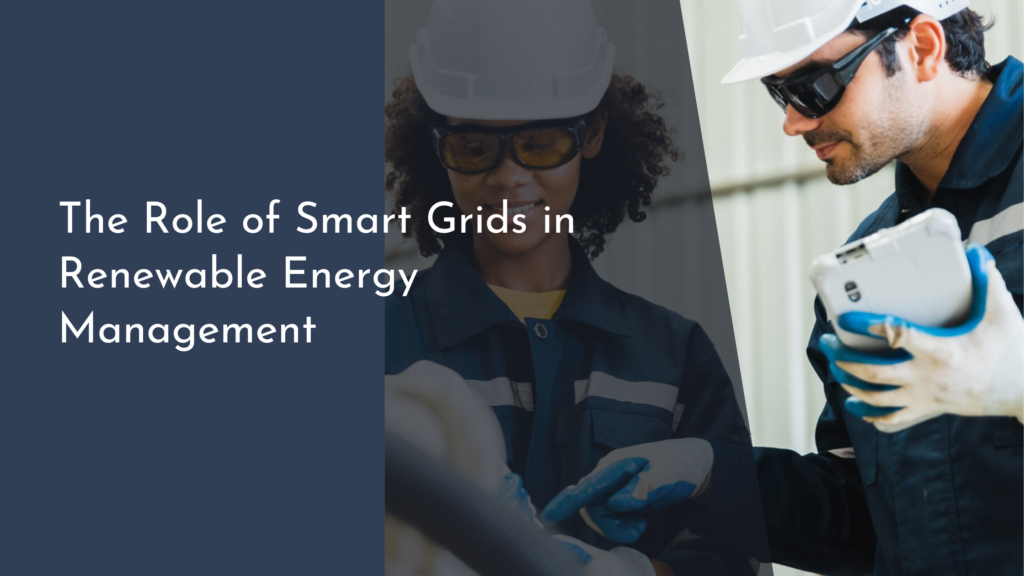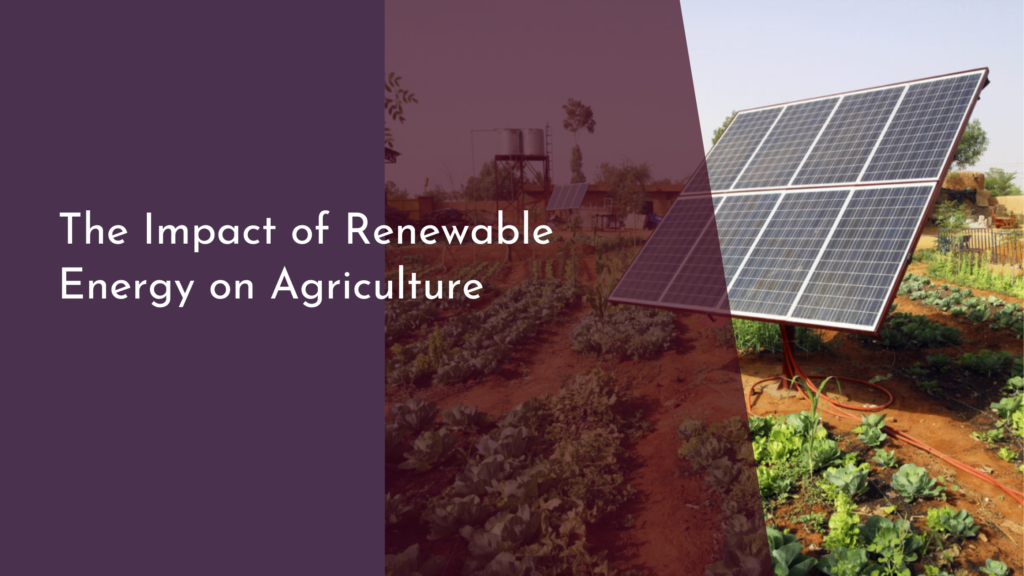Addressing Air Quality Inequities in Urban Areas
Air quality is a critical aspect of urban living, affecting everything from public health to environmental sustainability. However, not all communities experience air quality equally; certain populations face significantly higher levels of pollution than others, leading to what are known as air quality inequities. These disparities can stem from a variety of factors, including socioeconomic status, geographic location, and systemic inequalities. Addressing air quality inequities is essential for creating healthier urban environments where all residents can thrive.
In this article, we will explore the nature of air quality inequities, their impacts on vulnerable populations, innovative solutions being implemented to improve air quality, and the collaborative efforts needed to foster a more equitable and environmentally friendly future. Let’s dive into each of these important topics!
Understanding Air Quality Inequities in Urban Communities
Air quality inequities in urban communities often arise from the concentration of pollution sources in specific areas, typically where low-income populations or marginalized groups reside. Industrial facilities, highways, and busy roads frequently populate these neighborhoods, resulting in disproportionate exposure to harmful pollutants such as particulate matter, nitrogen dioxide, and ozone. This systemic issue is rooted in historical practices, including redlining and urban planning decisions that prioritized economic development over community health.
Moreover, the lack of resources and political representation in these areas can hinder efforts to combat pollution. Many affected communities do not have access to the funding or support needed to monitor and improve their air quality. Engaging in meaningful community dialogue and fostering partnerships between local leaders and environmental advocates is crucial for addressing these inequities effectively. By understanding the specific challenges faced by these communities, we can work towards creating tailored solutions that uplift everyone.
The Impact of Poor Air Quality on Vulnerable Populations
The ramifications of poor air quality are particularly severe for vulnerable populations, including children, the elderly, and those with pre-existing health conditions. Exposure to polluted air can lead to a myriad of health issues, including respiratory diseases, cardiovascular problems, and developmental disorders in children. These health challenges not only diminish quality of life but also place a significant burden on healthcare systems and local economies.
Furthermore, the emotional and psychological toll of living in an unhealthy environment cannot be overlooked. Residents in these communities may experience increased levels of stress and anxiety as they navigate the daily impacts of pollution on their health and wellbeing. Addressing air quality inequities is not just a matter of environmental justice; it is essential for fostering stronger, healthier, and more resilient urban communities where everyone can flourish.
Innovative Solutions for Cleaner Air in Urban Spaces
Fortunately, innovative solutions are emerging to combat air quality inequities in urban areas. Cities around the world are implementing green infrastructure projects, such as expanding urban forests, creating green roofs, and establishing community gardens. These initiatives not only help absorb pollutants but also enhance public spaces, making neighborhoods more enjoyable for residents. Additionally, cities are increasingly investing in public transportation and cycling infrastructure to reduce vehicle emissions and promote sustainable mobility.
Technology also plays a vital role in addressing air quality challenges. The rise of low-cost air quality monitoring tools has empowered communities to track pollution levels in real-time, enabling them to advocate for cleaner air more effectively. Moreover, smart city initiatives harness data analytics to optimize traffic flow and reduce congestion, further minimizing air pollution. By combining technological advancements with community-driven approaches, cities can make substantial progress towards cleaner air for everyone.
Working Together for a Healthier, Greener Future!
Creating equitable air quality in urban areas requires collaboration among government agencies, community organizations, businesses, and residents. Engaging stakeholders at all levels can lead to more effective policies and initiatives that address the root causes of air quality inequities. Public awareness campaigns and educational programs can also help empower residents to take action, from advocating for policy changes to participating in community clean-up efforts.
Together, we can work towards a healthier, greener future where everyone has the right to clean air. By fostering a culture of collaboration, innovation, and inclusivity, we can tackle air quality inequities head-on, ensuring that no community is left behind. With concerted efforts and shared commitment, the vision of vibrant, breathable urban environments can become a reality!
In conclusion, addressing air quality inequities in urban areas is both a challenge and an opportunity for positive change. By understanding the complexities of these issues, recognizing the impacts on vulnerable populations, and implementing innovative solutions, we can pave the way for healthier communities. As we move forward, it’s essential to remember that everyone has a role to play in this endeavor. Together, let’s advocate for clean air, encourage sustainable practices, and champion the rights of all urban residents to live in a safe, vibrant environment. The future of our cities depends on it!


